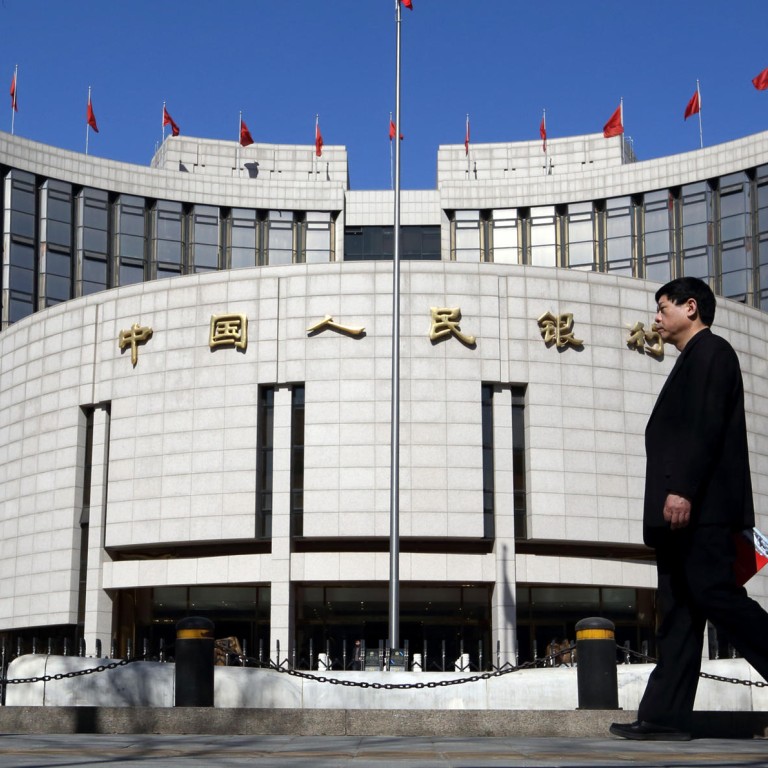
Yuan rebound likely amid Beijing's bid to stem capital flight
Nomura forecasts a 3.5pc rebound in the currency as Beijing seeks to maintain stability
The yuan is poised to recover from declines that have made it Asia's worst-performing currency as Beijing seeks to prevent an exodus of capital that would threaten economic growth, according to the most accurate forecasters.
Nomura, which had the best estimates for the yuan over the past four quarters, predicts a 3.5 per cent advance to six per US dollar by the end of this year, matching the median projection of analysts in a survey. Japan's biggest brokerage said the People's Bank of China had guided the yuan's 2.5 per cent loss this year to help curb speculative bets on appreciation. Second-ranked Scotiabank forecast a year-end exchange rate of 5.98.
"The last thing they want to do is create an environment where the market sees the yuan is going to depreciate over the medium term," said Craig Chan, Nomura's head of currency strategy for Asia ex-Japan. "Capital flight could be very large and destabilising for the domestic market."
The mainland is trying to ward off speculators as controls on the exchange rate and borrowing costs are loosened in a shift towards a more market-based economy. The yuan has strengthened 33 per cent since a US dollar peg ended in July 2005 and expectations of one-way moves in the currency spurred bets on continued gains.
The reversal in the first quarter led to losses on offshore yuan structured products known as target redemption forwards. Morgan Stanley estimated last month that there were about US$150 billion of the contracts outstanding, held mainly by mainland companies, and these were losing about US$3.5 billion at an exchange rate of 6.20 per dollar. A slide to 6.38 would increase the losses to US$7.5 billion, the US bank said.
The currency closed at 6.2123 in Shanghai on Friday, the last day of trading before a holiday on Monday, according to China Foreign Exchange Trading System prices.
The central bank reiterated last week that it planned to keep the yuan "basically stable", saying it would closely monitor capital flows. It doubled the currency's permitted divergence from a daily reference rate to 2 per cent on March 17 and has since cut the fixing by 0.3 per cent. The spot rate was 0.9 per cent weaker than the reference rate on Friday.
"The most significant part of the move is done and 6.30 isn't on the cards in my view," said Sacha Tihanyi, senior currency strategist at Scotiabank in Hong Kong. "Fundamentally, China's capital account is still going to be in surplus, unless we see a significant amount of hot money outflows."
The yuan has had greater price swings this year after the central bank said it would allow more two-way fluctuations. One-month implied volatility, a gauge of expected exchange-rate moves used to price options, rose 27 basis points to 2.12 per cent on Monday. It touched 2.75 per cent on March 17.
"Things are no longer as stable as before," Tihanyi said. "There is more volatility and upside for the dollar versus the yuan."
